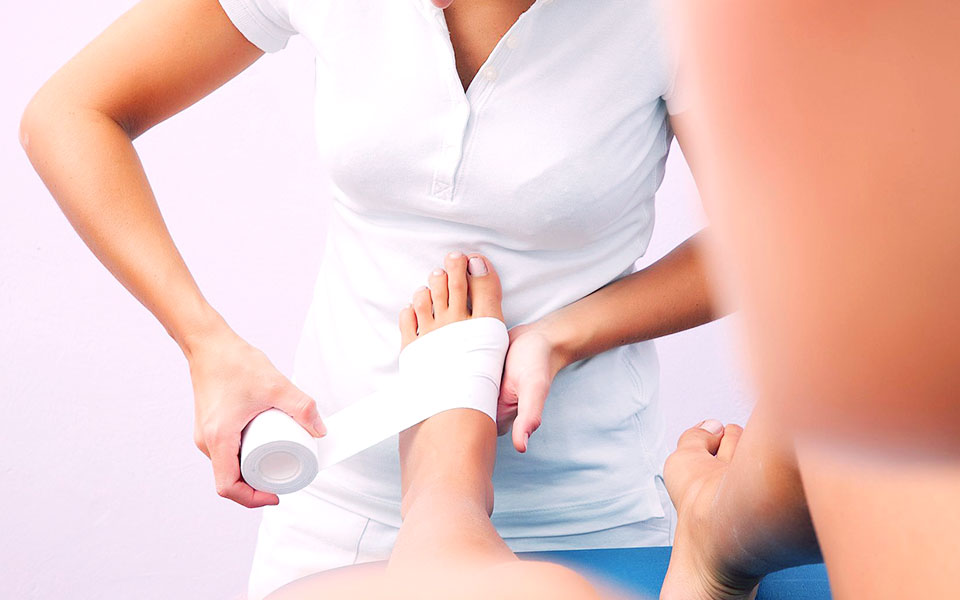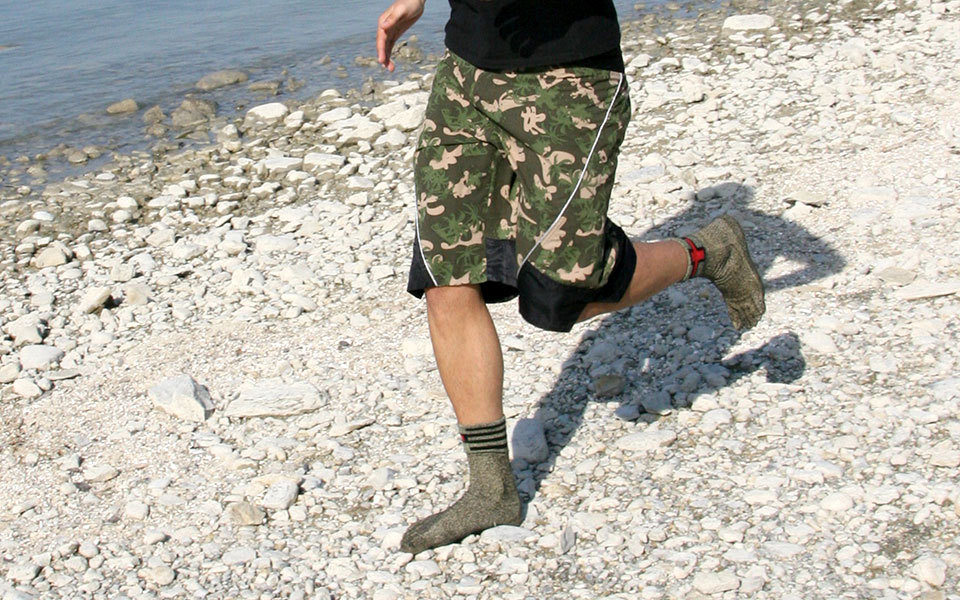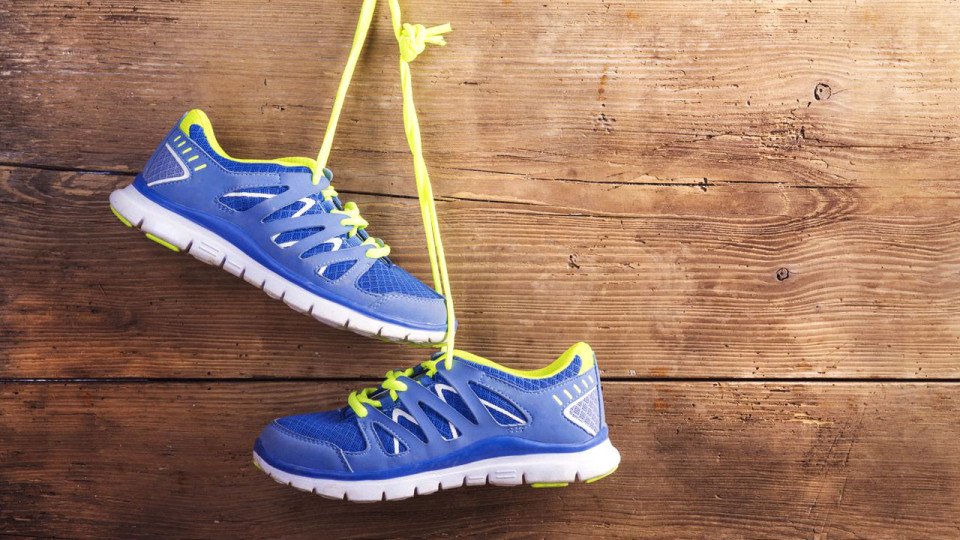How wild and fanciful is your imagination? Do you dream about illogical situations where you’re running on a strange turf, or you realise that you you’ve forgotten to put on your shorts and you hit the start line at a marathon wearing nothing but a smile?
Every runner has fanciful dreams (and a few nightmares) about their favourite physical activity, which is why you will like the unusual solutions we’ve found to this thought: What if running shoes didn’t exist? Are you ready to consider crazy, clever and quirky alternatives that have the potential to keep your feet ensconced in some form or another while you undertake your sport? The following ‘shoe’ alternatives may not all sound practical, but they are certainly fun to consider!
1. Bare it All—Go Barefoot!
Before you say, “Ouch!” and dispel images of your bruised and cut feet, remember that barefoot (also called natural) running is as old as mankind. Running barefoot is not just a historic tradition in many societies, but by the time the first Olympic runner was awarded honours and medals, Pheidippides (he was the first marathoner), set ancient Greece afire by winning every competition known to society in his bare feet. Some contemporary foot care experts believe barefoot running is healthier and more beneficial for feet than wearing shoes that can trigger repetitive stress injuries when shoe-clad heels hit the pavement.
Of course, not all medical folks agree with this theory, yet you’ll still see plenty of examples of athletes winning races in their bare feet. In 1960, barefoot Olympic runner Abebe Bikila of Ethiopia medalled, and British runner Bruce Tulloh took gold at the 1962 European Games by running a 5,000 metre race barefoot!
2. Or Keep Them Under Wraps!
If the idea of running without shoes is simply not your cup of ginger tea, you can get fairly close to a natural run by wrapping or taping your feet—a practice that has kept some competitors in the race. Sound weird? You might not feel that way after learning that India’s greatest long-distance competitor ran with taped feet in the 1970s and some contemporary athletes swear by the practice. While the American Podiatric Medical Association has not yet come out in favour of taped feet, athletes use popular wrapping techniques all the time.
Want to see an example of how clever wrapping can be? Check this article to study the foot of a competitor before he sets off to participate in an ultramarathon with his unique foot-tape covering. Further research reveals more foot tape advocates, but the one that gave us the biggest laugh was the dude who wrapped his feet in duct tape for a race!

3. Stay Dry and Waterproof!
An avid marathoner and blogger using the pen name Sotally Tober decided to take his wife’s advice and use a roll of plastic Saran Wrap to vanquish water-logged shoes that caused him sheer misery every time he wanted to undertake his conditioning circuit in the rain. After complaining non-stop about how desperate he was to run despite the downpour outside, his wife handed him a box containing plastic food wrap!
At first, he refused, but she urged him to try out the wrap, so he acquiesced and wrapped his feet before donning old running shoes. What a revelation! He ran through every puddle he could find to test the effects of the clear wrap, finishing six miles in torrential rains, and yet his feet remained dry. These days, the blogger/runner aspires to create and market plastic wrap booties for sprinters to wear over their socks, but he’s been so busy training in the rain, he’s yet to make his first prototype.
4. Slip These On!
These quirky looking foot coverings are designed so every toe has its own slot—think gloves for feet. These flat racing foot covers may not have much support to offer a runner, but if you want to feel the ground under your feet and experience complete control of the terrain, these minimalist foot coverings are worth a trial run. Adopted by the U.S. Army, Navy, Marine Corps, Air Force and Coast Guard, these are used for their arduous physical training programs—only the Army stopped requiring them because they were causing soldiers image problems.
Today, many manufacturers are producing these unusual footwear designs, including Nike Free and the Kinvara collection from Saucony. Another foot cover worth a look-see are Swiss Barefoot Company’s Protection Socks made of the same Kevlar yarn that’s used to manufacture safety vests for law enforcement agents. Fans who love the feel of running with minimal sole protection wouldn’t trade these socks for the hottest regular running shoe on the planet.

5. Don On Your Everyday Footwear!
As a kid, nobody told you to switch your shoes to run home from school, so if you recall your childhood, you probably remember racing to your house in record time and arriving earlier than neighbouring kids because your ability to run at a fast pace in sneakers, loafers, boat shoes and boots was unparalleled. Long before the running shoe concept came along, people enamoured with running were happy to set off in all manner of shoes to cover distances.
How about a more recent time, when say, the night you ladies were out partying with friends and realised, in a panic, that your bus was about to leave, so you sprinted to the terminal in your sexiest, highest Manolo Blahnik heels and boarded with seconds to spare? A girl’s gotta do what a girl’s gotta do—even when sporting 6-inch stilettos!
Conclusion
Is it far-fetched to think about a world devoid of “official” running shoes? Don’t be silly! If running shoes didn’t exist, other footwear inventions would come along to take their place; innovations that could even do a better job than the shoes in your closet. We’re curious. Did you ever undertake a competitive run wearing footwear that wouldn’t, by any definition, be called a running shoe? What were the circumstances that led you to putting on those shoes or show up barefoot for a run? Inquiring minds want to know!




